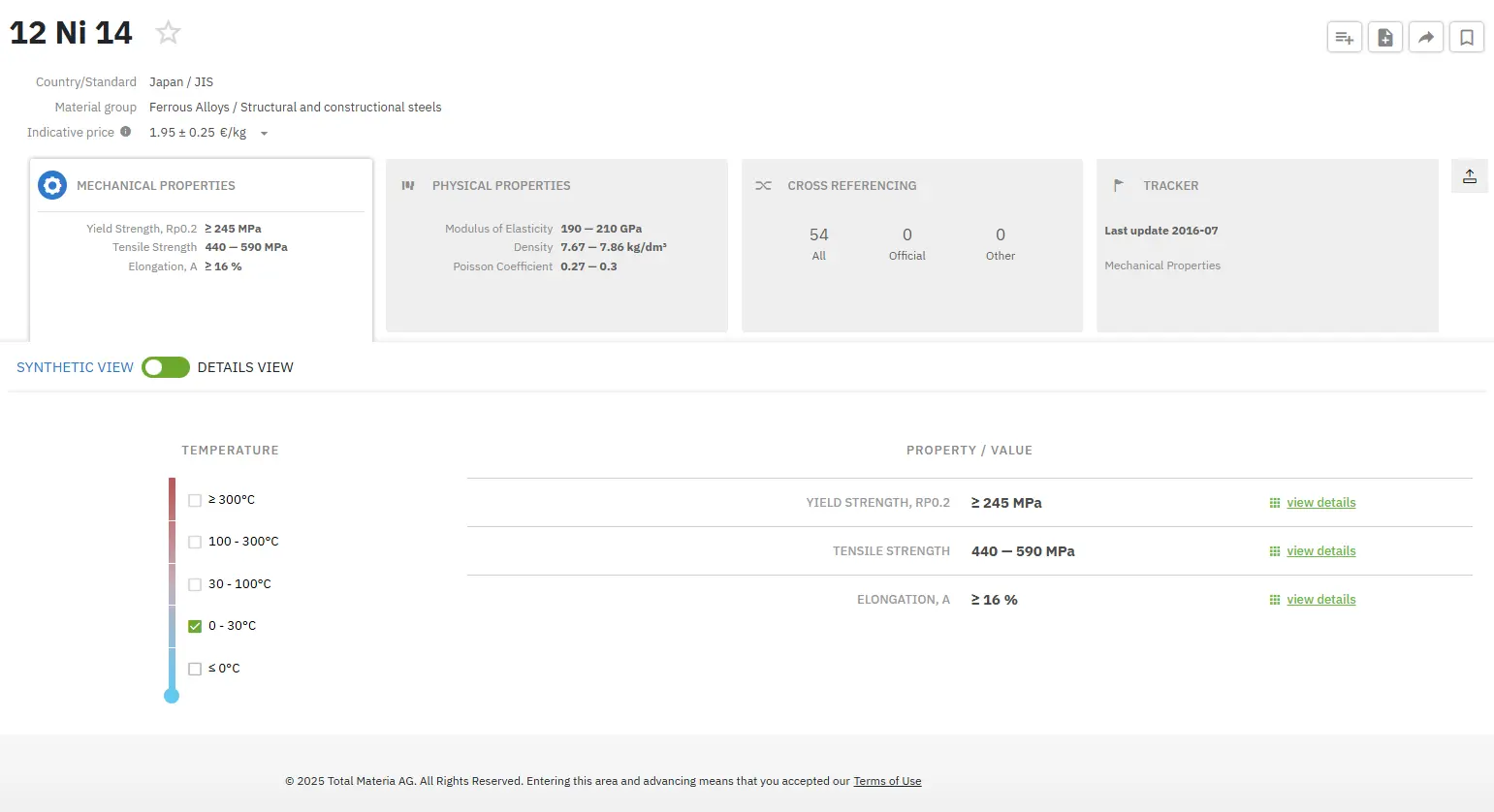Steel Pressure Vessels
Abstract
Early operation of pressure vessels and boilers resulted in numerous explosions, causing loss of life and considerable property damage. Some 80 years ago, the American Society of Mechanical Engineers formed a committee for the purpose of establishing minimum safety rules of construction for boilers.
The high tensile strength of steel makes it ideal for these applications. Pressure vessels can store hot liquids and gasses safety without causing any damage to the container.
Pressure vessels used in industry are leak-tight pressure containers, usually cylindrical or spherical in shape, with different head configurations. They are usually made from carbon or stainless steel and assembled by welding. Early operation of pressure vessels and boilers resulted in numerous explosions, causing loss of life and considerable property damage. Some 80 years ago, the American Society of Mechanical Engineers formed a committee for the purpose of establishing minimum safety rules of construction for boilers.
The Boiler and Pressure Vessel Committee meets regularly to consider proposed additions and revisions to the Code and to formulate Cases to clarify the intent of existing requirements or provide, when the need is urgent, rules for materials or constructions not covered by existing Code rules.
The Boiler and Pressure Vessel Committee deals with the care and inspection of boilers and pressure vessels in service only to the extent of providing suggested rules of good practice as an aid to owners and their inspectors. The rules established by the Committee are not to be interpreted as approving, recommending, or endorsing any proprietary or specific design or as limiting in any way the manufacturer’s freedom to choose any method of design or any form of construction that conforms to the Code rules.
Steel pressure vessels are used in exceptional case like industrial boilers, gas nuclear reactors and petrochemical plants. Meeting the international safety standards, pressure vessels are well cut for using in very high temperatures. The high tensile strength of steel makes it ideal for these applications. Pressure vessels can store hot liquids and gasses safely without causing any damage to the container.
Pressure vessels can be divided into `simple vessels' and those that have more complex features. The relevant standards and codes provide comprehensive information about the design and manufacture of vessels and vessel design and fabrication is an area well covered by standards and codes. In general terms outright failure of a properly designed, constructed, operated and maintained pressure vessel is rare.
Simple vessels
A simple pressure vessel does not have any complicated supports or sections and the ends are dished. The main code for simple vessels is BS EN 286-1:1991. `Simple unfired pressure vessels designed to contain air or nitrogen'. All aspects of designing and manufacturing the vessel are covered in this code.
Complex vessels
Traditionally the two principal codes and standards BS 5500 and ASME VIII, are employed in the design and manufacture of pressure vessels within the United Kingdom. Importantly both of these demand adherence to satisfaction in the design and manufacturing process of an independent inspection authority. This authority is responsible for adherence during both the design and construction phases in accordance with the standard or code.
Design considerations
Factors that should be taken into account in the design process for pressure vessels include:
- Internal and external static and dynamic pressures
- Ambient and operational temperatures
- Weight of vessel and contents
- Wind loading
- Residual stress, localised stress, thermal stress etc.
- Stress concentrations
- Reaction forces and moments from attachments, piping etc.
- Fatigue
- Corrosion/erosion
- Creep
The main standards which define of Pressure vessel and boiler quality steel are: EN 10028-2; EN 10028-3; NBN629;NBN630;DIN 17135; DIN17165;DIN17102; JIS G 3115; JIS G 3103; ASTM: A 285, A299, A441, A442, A455, A515, A516, A 537, A 612, A 622, A737 etc.

Figure 1: Steel pressure vessels
Find Instantly Precise Material Properties!
Total Materia Horizon contains mechanical and physical properties for hundreds of thousands of materials, for different temperatures, conditions and heat treatments, and much more.

Get a FREE test account at Total Materia Horizon and join a community of over 500,000 users from more than 120 countries.